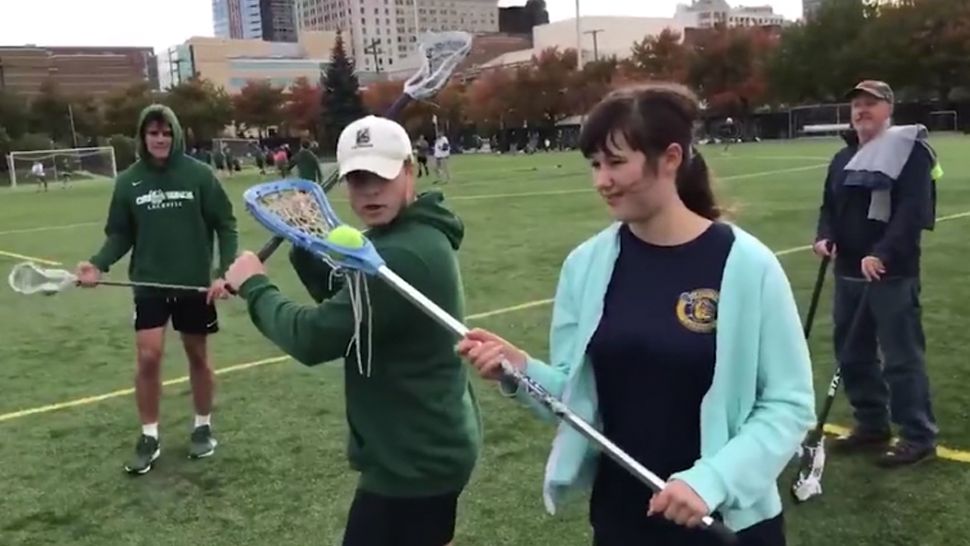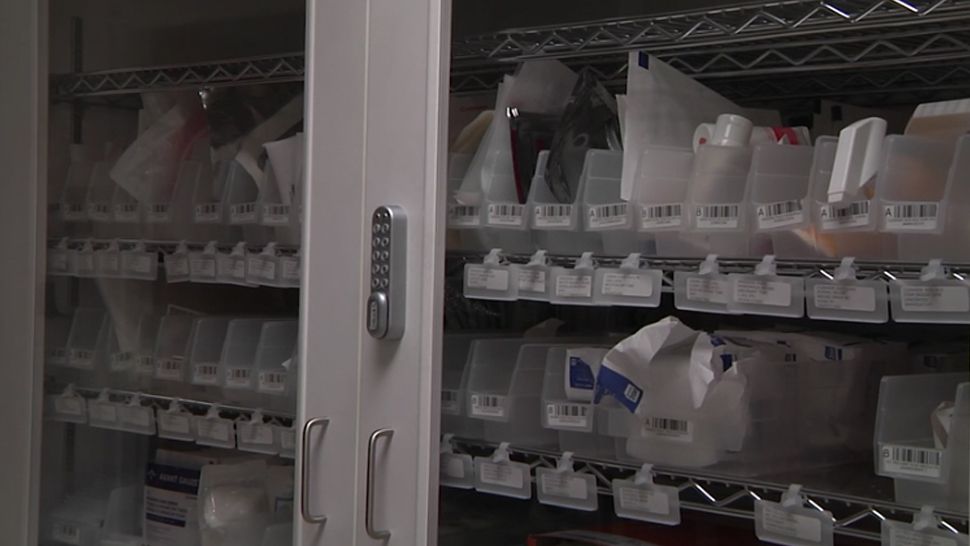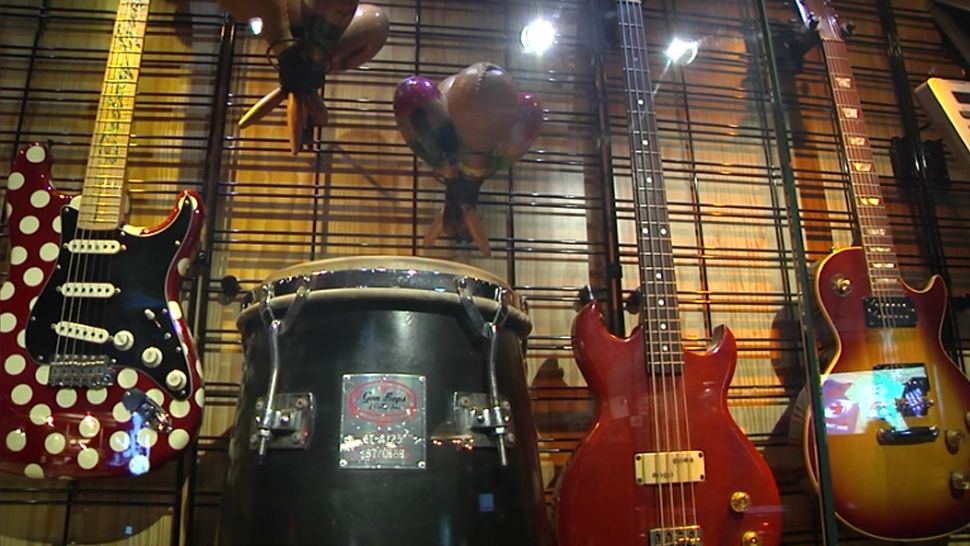CLEVELAND, Ohio– “There is still that stereotype that says we don’t know how to swim, and a lot of us reinforce that own ourselves.”
It was at the age of 8 that André’ Morton began breaking that stereotype, his mom enrolled him in swimming lessons at the YMCA- and soon after he started to share his skills with others.
- Morton started Rhythm and Stroke in 2014
- Swimming school is dedicated to aquatic exercise and education
- The school has a mission to educate, and save lives
“Once I did learn how to do it. That was something that I was able to help other people when I help teach them, even as a youth like no, you gotta kick your legs. this way, you have to move your hands to help keep your body up if it sinks.” Morton says.
In 2014 Morton started Rhythm and Stroke, a swimming school dedicated to aquatic exercise and education.
“I always say, I’m the man that puts the rhythm in your stroke, right, so that’s the part of that rhythm and stroke.” so not only do you want to move through the water just moving. you want to move with some purpose and some rhythm while you’re doing it.” He says.
Not only does Rhythm and Stroke strive to improve and enhance the swimming ability of students. Morton says his mission is to save lives.
“When I hear these stories about kids drowning in lakes, at hotel pools, that should never happen.” He says.
Morton’s classes are for anyone ages six months and up, but a majority of his students are African American, a group that he feels passionately about getting in the pool.
“All groups have disparities within as far as learning how to swim the African American our community is very high; the numbers are extremely high.” Morton says.
The USA Swimming Foundation says 64 percent of African American children cannot swim, and according to the Centers for Disease Control, black youth, ages 5–19 years old, are 5-and-half times more likely than whites in the same age group to drown. Those numbers hit home for Morton.
“In Cleveland, I believe it was last year sometime, a young black boy drowned in a, in a hotel pool on his on his birthday, I want to be just one voice of many to instill in our community that we have to put more value on learning how to swim.” He says.
Morton teaches at least 20 classes per week in Cleveland. He says the younger you learn, the better, but it’s never too late! In fact, some of his most heavily attended classes are all-adult.
“They come with a lot of baggage mental baggage, and you know traumas from whatever for whatever reason they didn’t learn how to swim in their youth.” He says.
Morton says representation matters. When children see people who look like them in the pool, chances are they’ll want to learn the skill that will last a lifetime.
“Set an example for your family members who don’t know that it’s possible… I can learn, no matter how old I am.” He says.
Rhythm and Stroke offers a ‘learn to swim program’, advance swim coaching, aqua aerobics classes. Infant survival, and much more- Morton says it’s just the start.
“My wife and I are going to have our own facility. We’re going to offer a lot of variety, an array of things in the aquatic room that will benefit people not, not just swimming, but it’ll, it will all be water-based.” He says.
Morton also has a “Do it Afraid “program, which raises money to give ten free lessons for children and adults multiple times per year. He says too often; people drown because they couldn’t afford to learn how to swim.
“Every-time I think of that just fuels my fire. I get fired up, but I take that fire and channel it into my teaching.” He says.
To learn more about Rhythm and Stroke, visit their website.









